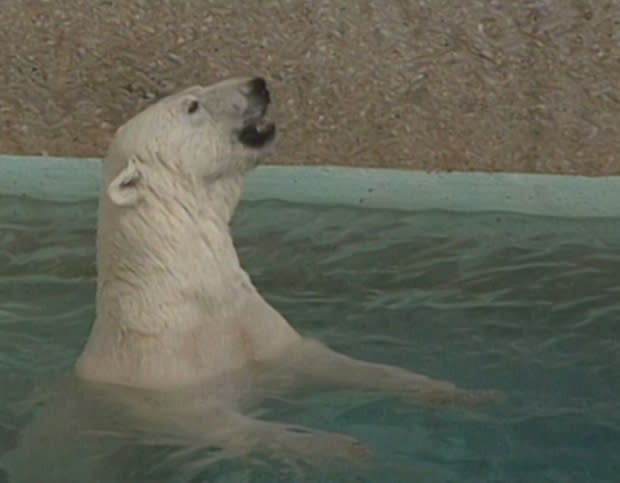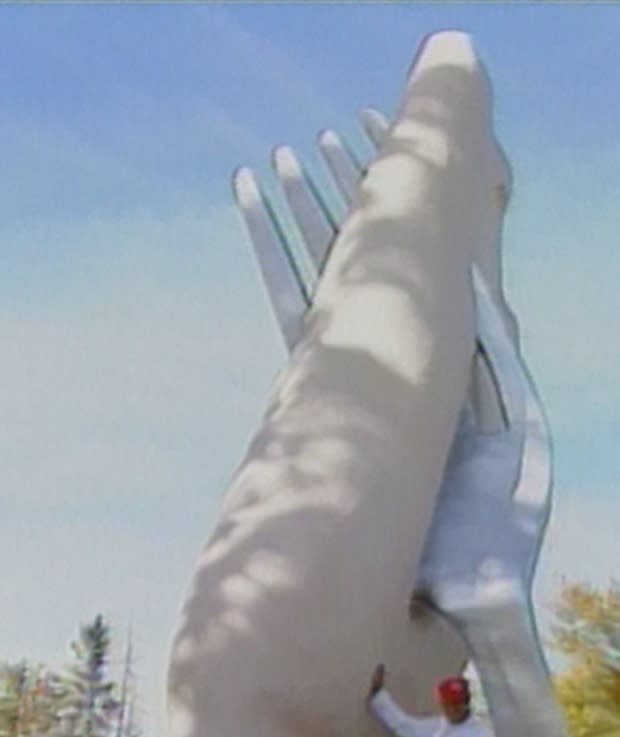How the toonie got its name
It was time to reinforce Canadian pockets — again.
Following the success of the $1 coin (popularly known as the "loonie") in 1987, the Royal Canadian Mint unveiled the design for a new $2 coin on Sept. 21, 1995.

It would be another five months before the coin would weigh down wallets, purses and pockets, but the Mint had a design ready.
Made of two different metals, the bicoloured coin was an attention-getter, and so was the motif on the reverse: a polar bear on the edge of an ice floe.
The 'beary'?
But one questioned remained.
"What should Canadians call it?" asked a reporter as Public Works Minister David Dingwall toured the polar bear exhibit at the Metro Toronto Zoo.
"Uh, the toonie? That's one's not bad," said Dingwall.
"How about the beary?" suggested another reporter.
(The $1 coin, introduced in 1987, quickly became known as the "loonie" because of the loon pictured on its reverse. 'Toonie' was an obvious choice because it was two dollars.)

In Glendon, Alta., residents hoped the coin would depict something people would eat rather than something that might eat people.
Dumpling-themed currency
"Why choose the polar bear?" asked the town's mayor, Johnnie Doonanco. "They said, 'because it's strong.' But if it has no perogies to eat, it's not going to be strong very long, is it?"
A year after the report seen in the video above, CBC reporter Reg Sherren checked in to see how Canadians were accepting it.
Were they ever: The Mint reported it had produced 300 million $2 coins, despite a brief craze for subjecting one's collection to a "torture test" to try separating the metals.
Producing the $2 coin was greatly profitable for the federal Department of Finance. In 1996 each one cost 16 cents to make but was sold to banks for face value. Unlike paper money, the department was not obliged to buy the coins back for face value.
Nope, it's a toonie
Change machines, vending machines and parking meters had not yet been adapted to accept the $2 coin, and some vendors accepted them grudgingly.
And most Canadians had settled on a nickname: the toonie. But not everyone agreed.
"I call it the bear," said a Winnipeg commissionaire. "Why a toonie? That sounds loony."

